Cards
(QUICK LINKS: Decks | plants | mammals | birds | | reptiles | fish | cephalopoda | insects | microbe | events
( scientist | project | modifier | technique |)

Volcano
Event Card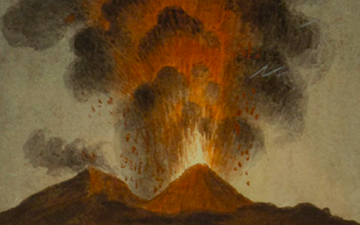
A volcano has erupted, wiping out larger reptiles in this land or water area.
Play: on any level 1 or 2 SPECIES card.
Effect: Discard the SPECIES card and freeze movement of all adjacent cards (horizontal and vertical) for one round.

Gnetales
Gnetales order

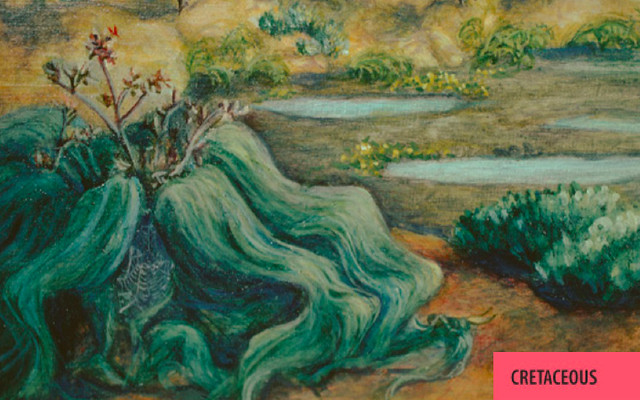
EXTANT | 1 POINT
Gnetales are an evolutionary step between cone-bearing conifers and modern flowering plants, displaying BOTH cones and flowers.

Paleomattea
Paleomattea deliciosa

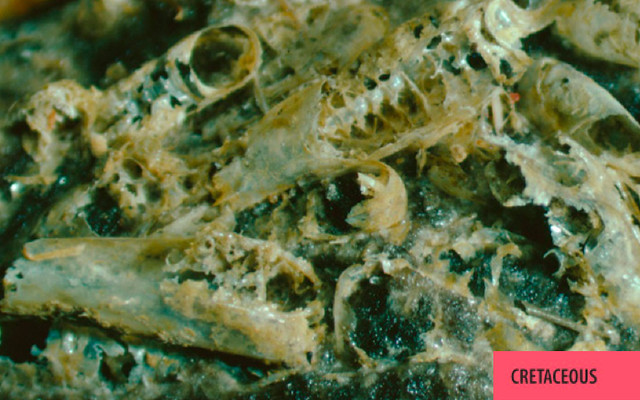
EXTINCT | 1 POINT
The name of this shellfish means “ancient delicacy” and is derived from the Latin word deliciosa which means delicious.

Beurlenia
Beurlenia genus

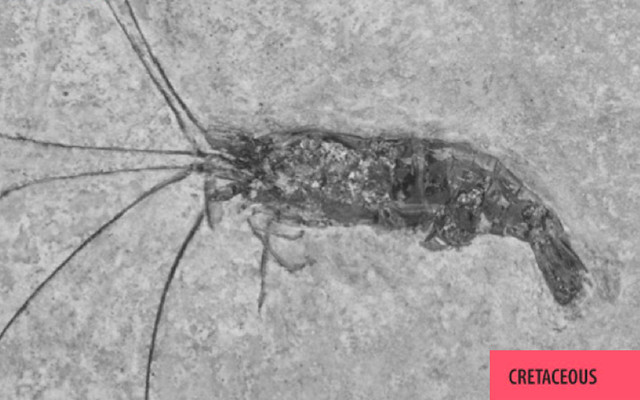
EXTINCT | 1 POINT
Play: MOVE of 1.
This extinct shrimp is named after the German paleontologist Karl Beurlen (1901-1985), who studied fossils in Brazil.

Brachyphyllum
Brachyphyllum

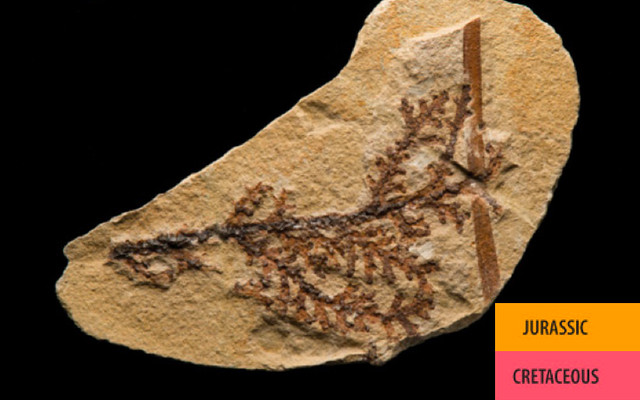
EXTINCT | 1 POINT
These coniferous trees lived all over the globe during the Jurassic and Cretaceous periods.

Clam
Bivalvia class

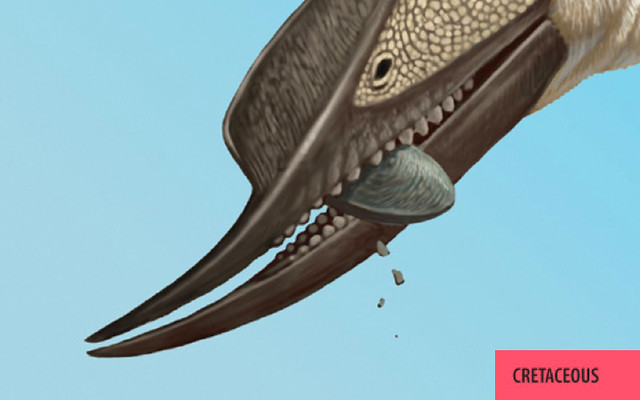
EXTANT | 2 POINTS
Play: MOVE of 1.
The organs of clams are surrounded by watery blood that contains nutrients and oxygen.